Home>Garden Essentials>What Is Fake Grass Made Of
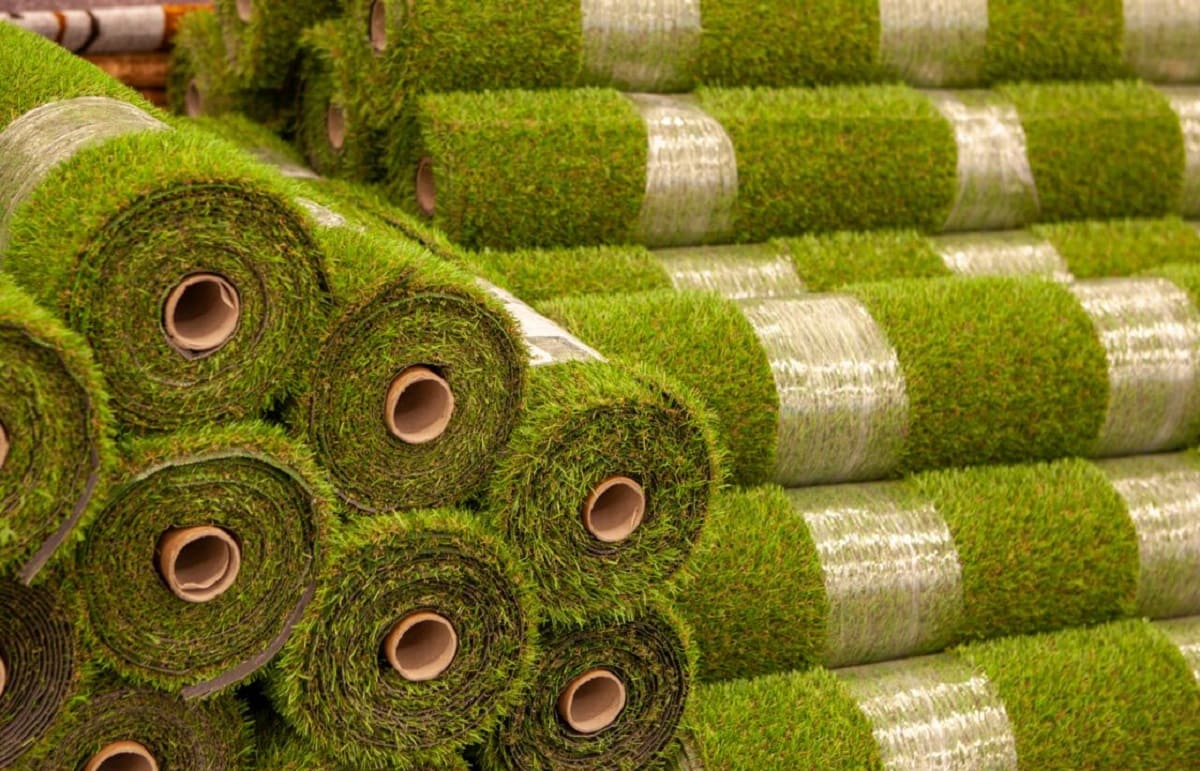

Garden Essentials
What Is Fake Grass Made Of
Modified: March 7, 2024
Discover what fake grass is made of and how it can transform your garden into a low-maintenance oasis. Learn about the benefits and durability of synthetic turf.
(Many of the links in this article redirect to a specific reviewed product. Your purchase of these products through affiliate links helps to generate commission for Storables.com, at no extra cost. Learn more)
Introduction
When it comes to gardening, many people dream of having a lush, green lawn. However, maintaining a natural grass lawn can be time-consuming, costly, and detrimental to the environment. This is where fake grass, also known as artificial or synthetic grass, comes into play. Fake grass has gained popularity in recent years as a low-maintenance alternative to traditional lawns. In this article, we will explore what fake grass is made of, its history, composition, benefits, and environmental considerations.
Fake grass is designed to mimic the look and feel of real grass while providing a durable and long-lasting solution for outdoor spaces. It offers a range of advantages, including reduced water consumption, minimal maintenance requirements, and year-round greenery. Whether you have a small backyard, a rooftop garden, or a sports facility, fake grass can be an excellent option.
But what exactly is fake grass made of? Let us delve into the composition and materials used in its production.
Key Takeaways:
- Fake grass is made of materials like polyethylene, polypropylene, and nylon, offering low maintenance, water conservation, and year-round greenery. It’s a durable and eco-friendly alternative to natural lawns.
- Environmental considerations for fake grass include water conservation, reduced chemical usage, and proper waste management. Regular brushing, cleaning, and care are essential for maintaining its optimal condition.
Read more: What Is Fake Grass
History of Fake Grass
The history of fake grass dates back several decades. Its origins can be traced back to the mid-20th century when it was first developed for sports and recreational use. The primary motivation behind the invention of artificial grass was to provide a playing surface that could withstand heavy use and inclement weather conditions.
The first synthetic grass prototype was created in the early 1960s by a team of researchers at the Monsanto Company. This early version, known as AstroTurf, was initially intended for indoor sports like baseball and football. Its introduction revolutionized the sports industry, as it offered a consistent surface that could be used year-round, regardless of weather conditions.
As the popularity of artificial grass in sports grew, so did its applications in other areas. In the 1980s, fake grass started to gain traction in residential landscapes, as homeowners sought an alternative to natural grass that required less maintenance.
Over the years, advancements in technology and manufacturing methods have led to the development of more realistic and high-quality synthetic grass. Today, fake grass is available in various textures, lengths, and shades of green, making it almost indistinguishable from real grass.
While initially embraced for its functional benefits in sports, fake grass has now become a popular landscaping option for both residential and commercial properties. Its versatility and durability have made it a preferred choice for homeowners, schools, nurseries, golf courses, and public parks.
Now that we have explored the history of fake grass, let us delve into its composition and the materials used in its production.
Composition and Materials
Fake grass is made up of a combination of various materials that work together to create a realistic and durable surface. The primary components of artificial grass include the synthetic fibers that mimic grass blades, the backing material that provides stability, and the infill materials that offer support and cushioning.
The synthetic fibers used in fake grass are typically made of three primary materials: polyethylene, polypropylene, and nylon. Each material has its own unique characteristics and advantages.
Polyethylene is the most commonly used material in the production of artificial grass. It is known for its soft texture, resilience, and natural appearance. Polyethylene fibers are designed to have a realistic shape and color, allowing the fake grass to closely resemble natural grass. Additionally, polyethylene is UV resistant and retains its color even under prolonged exposure to sunlight.
Polypropylene is another material used in the manufacturing of artificial grass. It is known for its durability and resistance to wear and tear. Polypropylene fibers are typically shorter and stiffer than polyethylene fibers, making them ideal for high-traffic areas. However, they may not provide the same level of softness and natural appearance as polyethylene fibers.
Nylon is the third material used in the production of fake grass. Nylon fibers are exceptionally strong and resilient, making them suitable for sports fields and areas that require heavy use. However, nylon fibers may not be as soft or realistic-looking as polyethylene fibers, and they can be more expensive.
In addition to the synthetic fibers, the backing material plays a crucial role in providing stability and support to the fake grass. Typically, the backing material is made of a blend of materials such as polyurethane or latex. It is durable, water-resistant, and helps to keep the synthetic fibers in place.
Lastly, the infill materials are used to enhance the performance and safety of the fake grass. Infill materials can include silica sand, rubber granules, or a combination of both. These materials are spread across the surface of the fake grass to provide cushioning, support, and weight. Infill materials also help to stabilize the blades of grass and simulate the feeling of real soil.
Now that we understand the composition and materials used in fake grass, let us explore the benefits it offers for homeowners and the environment.
Polyethylene
Polyethylene is one of the most commonly used materials in the production of fake grass. It is a type of thermoplastic polymer that is known for its versatility, durability, and aesthetic appeal. Polyethylene fibers are designed to closely resemble natural grass, providing a realistic and visually appealing surface.
One of the key advantages of polyethylene fibers is their softness. The fibers are engineered to have a soft texture similar to that of real grass, giving the artificial lawn a comfortable and inviting feel. This is particularly beneficial for families with children or pets who can enjoy playing on the surface without worrying about discomfort or abrasions.
In addition to its softness, polyethylene is also highly resilient. The fibers have the ability to spring back after being compressed or flattened, maintaining the natural appearance of the fake grass. This resilience makes polyethylene a great choice for high-traffic areas, as it can withstand constant use and still retain its shape and integrity.
Another advantage of polyethylene is its UV resistance. The fibers are designed to resist the harmful effects of sunlight and retain their vibrant color over time. This means that fake grass made with polyethylene fibers will maintain its lush green appearance, even in areas with intense sun exposure.
Furthermore, polyethylene is a low-maintenance material. Unlike natural grass, which requires regular watering, mowing, and fertilizing, fake grass made with polyethylene fibers needs minimal upkeep. It does not require watering, saving you time, money, and water resources. Additionally, polyethylene fibers do not need to be trimmed, reducing the need for ongoing maintenance.
When it comes to environmental considerations, polyethylene is a recyclable material. Many manufacturers are now producing synthetic grass with recycled polyethylene, contributing to a more sustainable approach to landscaping. Using recycled materials helps to reduce waste and conserve natural resources.
In summary, polyethylene is a versatile and durable material commonly used in the production of fake grass. Its softness, resilience, UV resistance, and low-maintenance nature make it an excellent choice for creating a beautiful and sustainable outdoor space.
Polypropylene
Polypropylene is another commonly used material in the production of fake grass. It is a thermoplastic polymer that offers unique characteristics and advantages for artificial turf applications.
One of the primary advantages of polypropylene fibers is their durability. They are highly resistant to wear and tear, making them ideal for high-traffic areas. Whether it’s a residential yard that sees a lot of foot traffic or a sports field that endures constant use, fake grass made with polypropylene fibers can withstand the demands of heavy use.
In addition to durability, polypropylene fibers are known for their fade-resistant properties. The fibers are designed to resist fading, even when exposed to direct sunlight for extended periods. This ensures that the fake grass stays vibrant and maintains its color over time, adding to the overall aesthetic appeal of the outdoor space.
While polypropylene fibers are not as soft as polyethylene, they still offer a comfortable surface for outdoor activities. They provide a level of cushioning that can be suitable for various recreational activities and play areas. However, it is important to note that the texture may be slightly stiffer compared to polyethylene fibers.
Another advantage of polypropylene is its resistance to moisture. The fibers are hydrophobic, meaning they repel water and resist mold and mildew growth. This makes fake grass made with polypropylene fibers an excellent option for areas that experience high humidity or are prone to rain.
Additionally, polypropylene is a cost-effective material compared to other options like nylon. It is a budget-friendly choice for those looking to install fake grass on a tighter budget. This affordability can make it a more accessible option for homeowners or businesses seeking the benefits of artificial turf without breaking the bank.
It is important to consider that polypropylene fibers may not have the same level of realism as polyethylene. While they offer durability and other advantages, they may lack the softness and natural appearance provided by polyethylene fibers. The choice between the two materials may depend on the specific needs, preferences, and budget of the individual or project.
To summarize, polypropylene is a durable and cost-effective material commonly used in the production of fake grass. Its fade-resistant properties, moisture resistance, and affordability make it a viable option for various applications, particularly in high-traffic areas.
Read more: What Are Fake Fireplace Logs Made Of
Nylon
Nylon is a synthetic material that is occasionally used in the production of fake grass. While not as commonly used as polyethylene or polypropylene, nylon offers unique characteristics that make it suitable for specific applications.
One of the primary advantages of nylon fibers is their exceptional strength and resilience. Nylon is known for its durability, making it an ideal choice for areas that undergo heavy use or require a surface that can withstand intense activity. Sports fields, playgrounds, and high-traffic areas can benefit from fake grass made with nylon fibers, as it can resist wear and tear over time.
Unlike polyethylene and polypropylene, nylon fibers have a stiffer texture. This stiffness allows the fake grass to maintain its shape and structure even under heavy foot traffic or constant use. While it may not provide the same level of softness as polyethylene, nylon can offer a stable and supportive surface.
Another advantage of nylon is its natural resilience to moisture. Nylon fibers are hydrophobic and do not absorb water easily. This makes fake grass made with nylon suitable for areas that experience frequent rainfall or require efficient drainage. It resists the growth of mold and mildew, ensuring a clean and safe outdoor space.
In terms of aesthetics, nylon fibers may not offer the same level of realism as polyethylene. However, manufacturers have made significant advancements in designing nylon fibers that closely mimic the look and feel of natural grass. The color, texture, and thickness of nylon fibers can be customized to achieve a more realistic appearance, though this may come at a higher cost.
It is worth noting that nylon is generally more expensive than polyethylene or polypropylene. The higher cost is attributed to its durability and strength. While it may not be the most budget-friendly option, fake grass made with nylon can provide a long-lasting and resilient surface that withstands heavy wear throughout the years.
Ultimately, the choice to use nylon fibers in fake grass depends on the specific requirements and priorities of the project. If durability, strength, and moisture resistance are paramount, nylon can be a suitable choice for creating a robust and long-lasting outdoor surface.
In summary, nylon is a synthetic material that offers exceptional strength and resilience. While it may not provide the same level of softness or affordability as other materials, it is a viable option for areas that require a durable and water-resistant surface.
When looking for fake grass, consider the material it’s made of. Most fake grass is made from polyethylene or polypropylene, which are durable and UV resistant. Look for high-quality materials for a longer-lasting and more natural-looking fake grass.
Backing Material
The backing material is an essential component of fake grass, providing stability and support to the synthetic fibers. It plays a crucial role in maintaining the shape and integrity of the artificial lawn, ensuring it can withstand various environmental conditions and activities.
The most commonly used materials for the backing of artificial grass are polyurethane (PU) and latex. Each material has its own advantages and considerations when it comes to the durability and performance of the fake grass.
Polyurethane (PU) backing is highly durable and water-resistant. It provides a strong and stable base for the synthetic fibers, ensuring they stay securely in place. PU backing is known for its resistance to temperature fluctuations and UV rays, making it suitable for outdoor applications. Additionally, it offers excellent dimensional stability, meaning it retains its shape and structure even under heavy foot traffic or extreme weather conditions.
Latex backing is another commonly used material for fake grass. It is known for its flexibility, strength, and adhesion properties. Latex creates a secure bond between the synthetic fibers and the backing material, ensuring they remain in place even with frequent use. Latex backing often includes drainage holes to facilitate proper water drainage, preventing water from pooling on the surface of the fake grass.
When it comes to choosing between PU and latex backing, it depends on the specific requirements of the project. PU backing is generally more expensive than latex but provides greater durability and stability. Latex backing, on the other hand, is more budget-friendly and offers good performance in most applications.
It is important to note that the quality and thickness of the backing material can vary among different fake grass products. A thicker and more robust backing typically indicates better overall quality and durability. When selecting fake grass, it is advisable to review the manufacturer’s specifications regarding the backing material and its performance characteristics.
In summary, the backing material is an important component of fake grass, providing stability, support, and durability to the synthetic fibers. Whether made of polyurethane or latex, the backing material ensures that the artificial lawn maintains its shape and integrity, even under heavy use and various weather conditions.
Infill Materials
Infill materials are an integral part of fake grass installations, providing support, cushioning, and stability to the synthetic fibers. These materials are spread across the surface of the fake grass, filling the space between the fibers and simulating the feeling of real soil.
There are several types of infill materials commonly used in artificial grass installations, with the two main options being silica sand and rubber granules. Each material offers unique properties and benefits for different applications.
Silica sand is a widely used infill material that provides stability and helps to keep the synthetic fibers upright. It is a type of sand composed of small granules of quartz, which are durable and do not break down easily. Silica sand infill adds weight to the artificial grass, preventing it from shifting or moving during use. It also aids in maintaining proper drainage, allowing rain or water to flow through the grass and into the underlying layers.
Rubber granules, also known as crumb rubber, are another popular infill option. These granules are made from recycled rubber, often sourced from used tires. Rubber infill offers excellent shock absorption and cushioning properties, making it particularly suitable for sports fields or areas where impact protection is desired. Additionally, rubber granules help to enhance the resilience of the fake grass, providing a more natural and comfortable surface for activities.
Depending on the specific requirements and preferences of the project, a combination of both silica sand and rubber granules can be used as infill materials. This blend provides the benefits of stability, drainage, and cushioning offered by both materials, creating an optimal playing surface for sports or recreational activities.
It is important to consider factors such as the desired level of cushioning, drainage requirements, and the specific use of the fake grass when selecting infill materials. Consulting with a professional or following the manufacturer’s recommendations can help in making an informed decision that aligns with the intended purpose of the synthetic lawn.
While silica sand and rubber granules are the most common infill materials, there are also alternative options available, such as organic infills made from coconut fibers or cork. These materials provide a more sustainable and environmentally-friendly choice, but may not offer the same level of durability or shock absorption as silica sand or rubber.
In summary, infill materials play a vital role in providing support, stability, and cushioning to fake grass installations. Whether using silica sand, rubber granules, or alternative organic infills, the selection should be based on the specific needs of the project, considering factors such as desired aesthetics, drainage capabilities, and the intended use of the artificial turf.
Benefits of Fake Grass
Fake grass, also known as artificial or synthetic grass, offers a range of benefits that make it an attractive alternative to traditional natural lawns. Whether for residential, commercial, or recreational use, here are some of the key advantages of opting for fake grass:
- Low maintenance: One of the biggest benefits of fake grass is its low maintenance requirements. Unlike natural grass, which requires regular mowing, watering, and fertilizing, fake grass only needs occasional cleaning and brushing to maintain its appearance.
- Water conservation: With fake grass, there is no need for constant watering. This helps to conserve water, particularly in regions where water scarcity is a concern. Fake grass stays green and lush regardless of drought conditions.
- No need for pesticides: Fake grass eliminates the need for harmful pesticides and fertilizers, reducing chemical usage in your outdoor space. This is not only beneficial for the environment but also creates a safer and healthier environment for children and pets.
- Durable and long-lasting: Fake grass is designed to withstand heavy use and endure extreme weather conditions. It is highly durable and maintains its appearance, shape, and color over time, making it a long-lasting option for landscaping projects.
- All-season beauty: Unlike natural grass, which can turn brown and dull during certain seasons, fake grass maintains its vibrant green color year-round. This ensures a visually appealing outdoor space regardless of the weather or season.
- Enhanced drainage: Fake grass is designed with proper drainage systems, allowing rainwater to permeate through the surface and prevent waterlogging. This helps to maintain a clean and mud-free area for activities.
- Versatility: Fake grass is highly versatile and can be installed in various areas, such as residential lawns, rooftop gardens, playgrounds, sports fields, and commercial spaces. It can be customized to fit any shape or size, offering flexibility in design and application.
- Pet-friendly: Fake grass provides a pet-friendly surface that is resistant to digging, scratching, and staining. It offers a clean and comfortable area for pets to play and eliminates the presence of mud and dirt that natural grass can bring into the house.
- Saves time and money: By eliminating the need for regular maintenance tasks associated with natural grass, fake grass saves both time and money in the long run. It reduces the cost of water bills, landscaping supplies, and professional lawn care services.
These are just some of the many benefits of opting for fake grass. Whether you are looking for a low-maintenance lawn, a durable sports field, or a beautiful landscaping solution, fake grass offers an attractive and practical alternative to traditional lawns.
Read more: What Is The Best Fake Grass
Environmental Considerations
When it comes to considering the environmental impact of fake grass, there are several factors to take into account. While fake grass offers various benefits, it’s important to understand its potential implications on the environment and make an informed decision. Here are some key environmental considerations:
- Water conservation: Fake grass significantly reduces water consumption since it does not require regular watering like natural grass. By opting for fake grass, you can help conserve water, especially in regions facing water scarcity or drought conditions.
- Chemical usage: One of the environmental advantages of fake grass is the decreased need for pesticides, herbicides, and fertilizers. Natural grass often requires these chemicals to control weeds and pests, which can pose environmental risks. Fake grass eliminates the need for these chemicals, reducing potential water and soil contamination.
- Resource consumption: The production of fake grass requires the use of various resources, including energy, water, and raw materials. It’s important to choose fake grass products that are manufactured responsibly and from sustainable sources to minimize the impact on natural resources.
- Waste management: The disposal of fake grass at the end of its life cycle is an environmental concern. Synthetic materials take a long time to decompose and contribute to landfill waste. Choosing recyclable or biodegradable fake grass options can help mitigate the environmental impact.
- Heat absorption: Fake grass can absorb and radiate heat, resulting in increased heat in the surrounding area. This can contribute to the urban heat island effect, where urban areas become significantly warmer than surrounding rural areas. Choosing lighter-colored fake grass or incorporating shading elements can help mitigate this effect.
- Carbon footprint: The carbon footprint associated with the production and transportation of fake grass should be considered. Opting for locally sourced products and choosing manufacturers committed to reducing their carbon emissions can help minimize the overall impact.
- Habitat loss: Installing fake grass in large areas can result in the removal of natural vegetation, leading to habitat loss for local wildlife. It is important to balance the aesthetic appeal of fake grass with the preservation of biodiversity by incorporating green spaces or native plantings in the landscape.
It is essential to weigh both the benefits and the environmental considerations when deciding to install fake grass. By selecting eco-friendly options, using sustainable installation practices, and properly maintaining and disposing of fake grass, you can minimize its environmental impact and promote a more sustainable outdoor space.
Maintenance and Care
Fake grass requires significantly less maintenance compared to natural grass lawns, but that doesn’t mean it’s entirely maintenance-free. Proper care and maintenance can help ensure the longevity and optimal appearance of your fake grass. Here are some essential maintenance tips to keep in mind:
- Regular brushing: Brushing the fake grass with a stiff broom or brush helps to keep the fibers upright and maintain an even appearance. It also helps to distribute infill materials and prevents matting or flattening of the grass blades.
- Cleaning: Periodically, your fake grass may accumulate dust, debris, or organic matter, such as leaves or pet waste. Use a leaf blower, garden hose, or gentle power washer to clean the surface. Avoid using harsh chemicals or solvents that could damage the synthetic fibers.
- Managing pet waste: For households with pets, promptly remove solid waste and rinse off any residual waste with water. This will help prevent odors and ensure a clean environment for both pets and humans.
- Stain removal: If there are any stubborn stains on your fake grass, such as oil or grease, use a mild detergent or specialized artificial grass cleaner. Gently scrub the affected area and rinse thoroughly with water. Test any cleaning products on a small inconspicuous area before applying them to the entire surface.
- Preventing weed growth: Although fake grass is designed to resist weeds, occasional weeds or grass shoots may emerge. Regularly inspect the area and manually remove any unwanted growth. Applying a weed barrier fabric underneath the installation can help prevent weed penetration.
- Protecting it from sharp objects: Avoid placing heavy furniture or sharp objects directly on the fake grass, as they can cause damage or indentation. Use protective pads or boards to distribute weight evenly for any temporary or permanent installations.
- Proper drainage: Ensuring good drainage is crucial for maintaining a clean and dry surface. Clear any debris or blockages from drainage systems, and periodically inspect the underlying base to prevent water buildup or flooding. This will help maintain the overall condition of the fake grass and prevent any issues with mold or mildew.
- Regular inspections: Periodically inspect the fake grass for signs of wear, damage, or infill depletion. Address any repairs or replenish infill materials as needed to maintain the optimal appearance and performance of the turf.
Following these maintenance practices and addressing any issues promptly will help maximize the lifespan and aesthetic appeal of your fake grass. It is also advisable to consult the manufacturer’s guidelines and recommendations for specific care instructions tailored to your fake grass product.
Remember that while fake grass requires less maintenance compared to natural grass, it still benefits from regular care to keep it looking its best and ensure the long-term enjoyment of your outdoor space.
Conclusion
Fake grass, with its lifelike appearance and numerous benefits, has become a popular choice for those seeking a low-maintenance and visually appealing alternative to natural lawns. Understanding what fake grass is made of helps to appreciate its durability and versatility. The composition of synthetic fibers, such as polyethylene, polypropylene, and nylon, along with the backing material and infill materials, all contribute to the overall quality and performance of artificial grass.
From its inception in sports fields to its widespread use in residential and commercial landscapes, fake grass has come a long way. Its history is marked by continuous innovation and improvements, making it an increasingly realistic and sustainable option.
In terms of benefits, fake grass offers several advantages. It requires minimal maintenance, conserves water resources, eliminates the need for harmful chemicals, and provides a durable and aesthetically pleasing outdoor surface. Its versatility allows it to be applied in various settings and offers a safe and enjoyable space for both humans and pets.
Environmental considerations are crucial when it comes to artificial grass. While it reduces water consumption and chemical usage, it’s essential to choose recycled or sustainable materials, consider the impact on wildlife and biodiversity, and properly manage waste at the end of its lifespan.
Maintaining and caring for fake grass involves regular brushing, cleaning, and addressing any issues promptly. By following these maintenance practices, you can ensure that your fake grass remains in optimal condition for years to come.
Ultimately, the decision to install fake grass depends on individual preferences, needs, and environmental considerations. It offers a viable solution for those seeking a low-maintenance, attractive, and eco-friendly alternative to natural grass. Whether it’s transforming a backyard into a functional and beautiful oasis or creating a safe and durable sports field, fake grass provides a practical and sustainable landscaping option.
By understanding the composition, benefits, and maintenance of fake grass, you can make an informed decision that aligns with your lifestyle and contributes to a greener future.
Frequently Asked Questions about What Is Fake Grass Made Of
Was this page helpful?
At Storables.com, we guarantee accurate and reliable information. Our content, validated by Expert Board Contributors, is crafted following stringent Editorial Policies. We're committed to providing you with well-researched, expert-backed insights for all your informational needs.
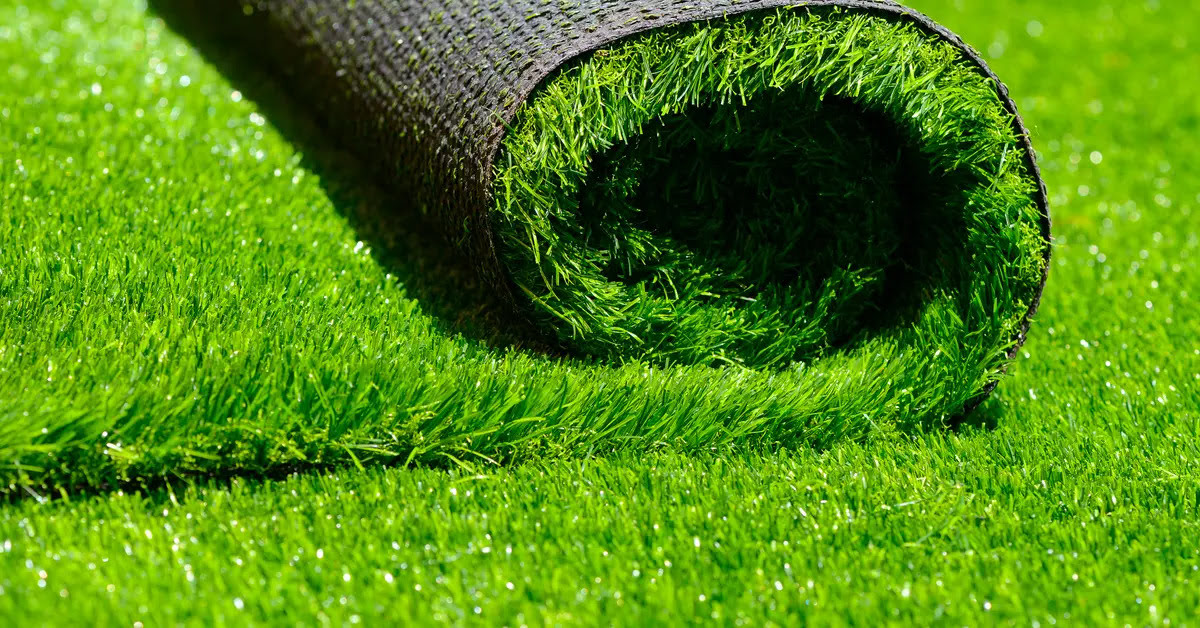
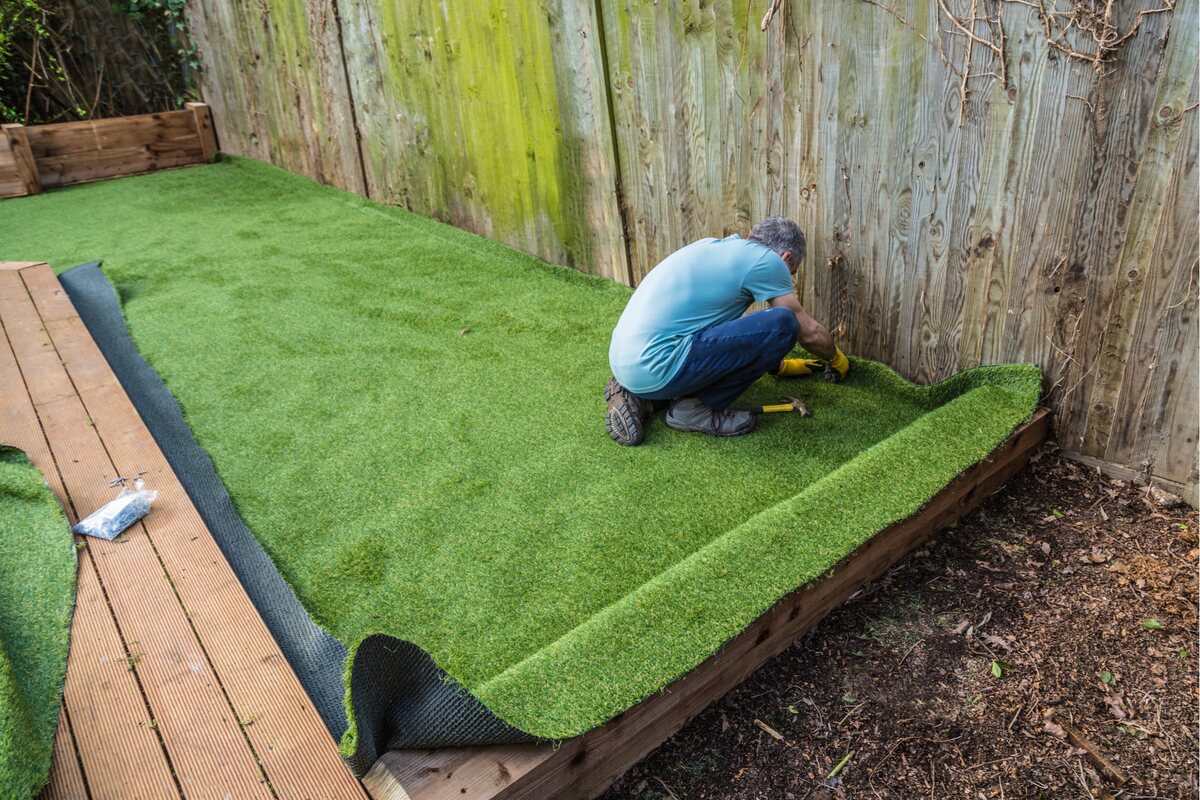
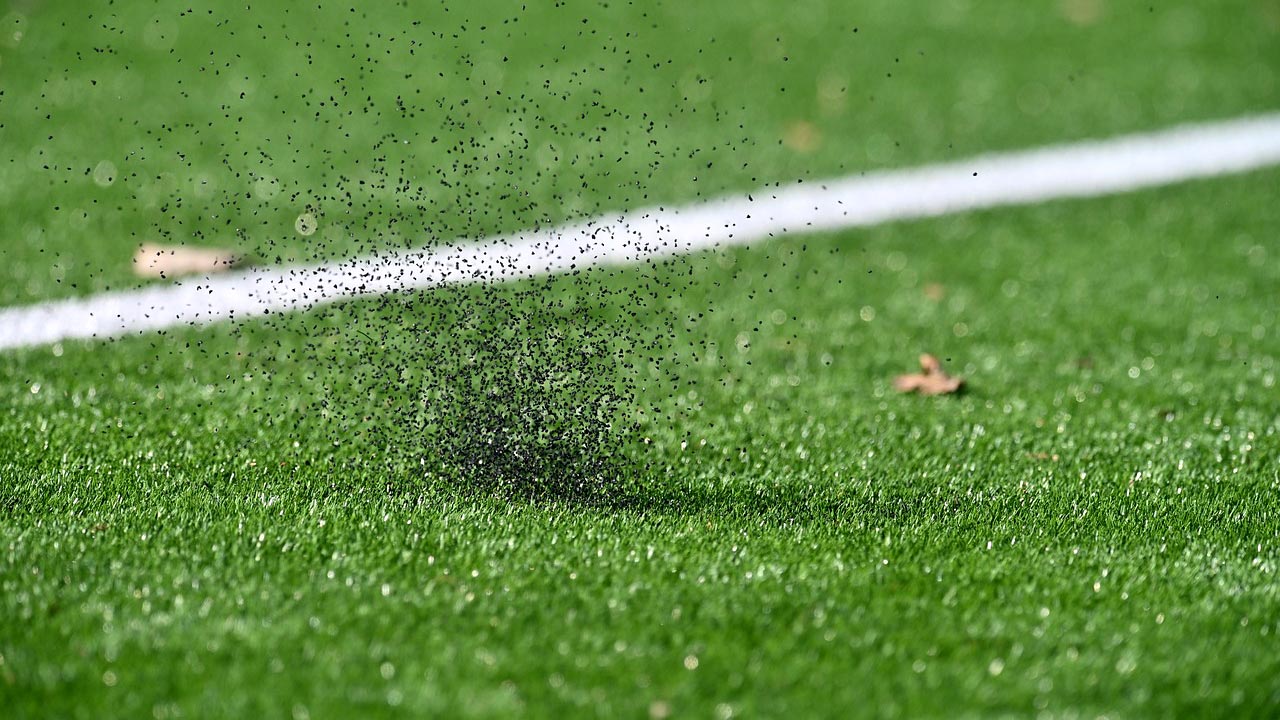
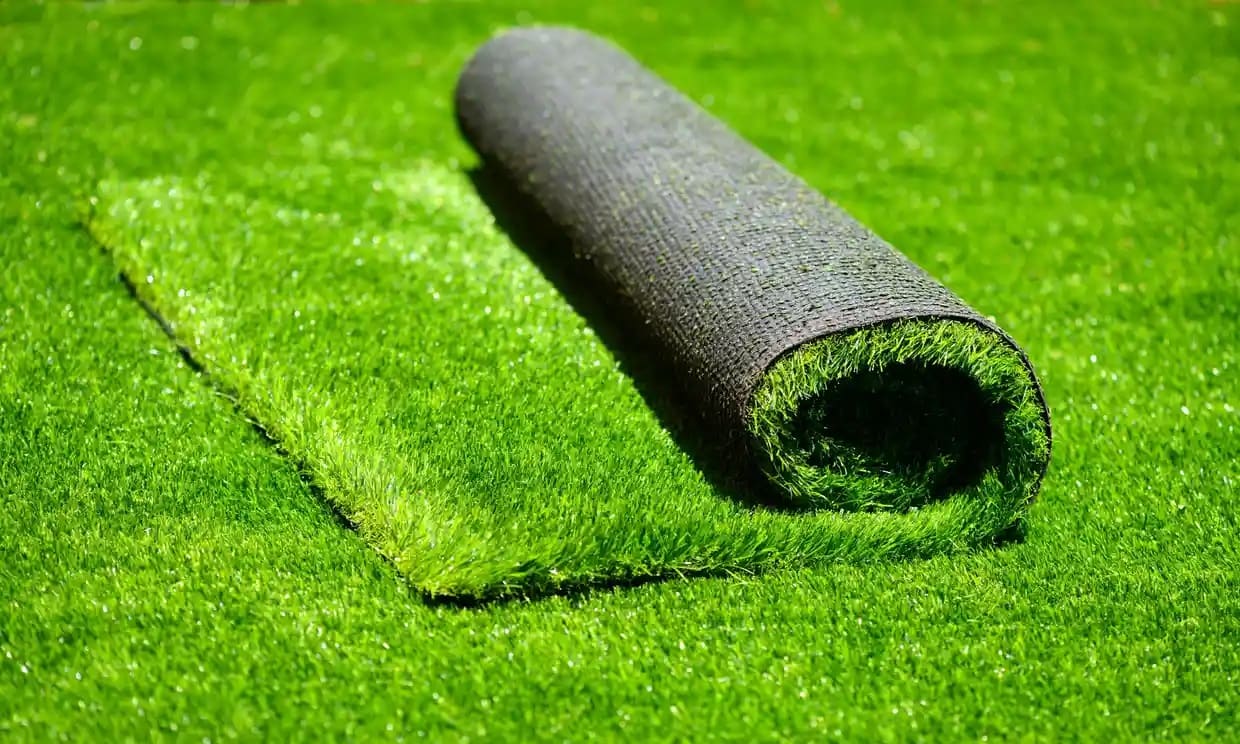
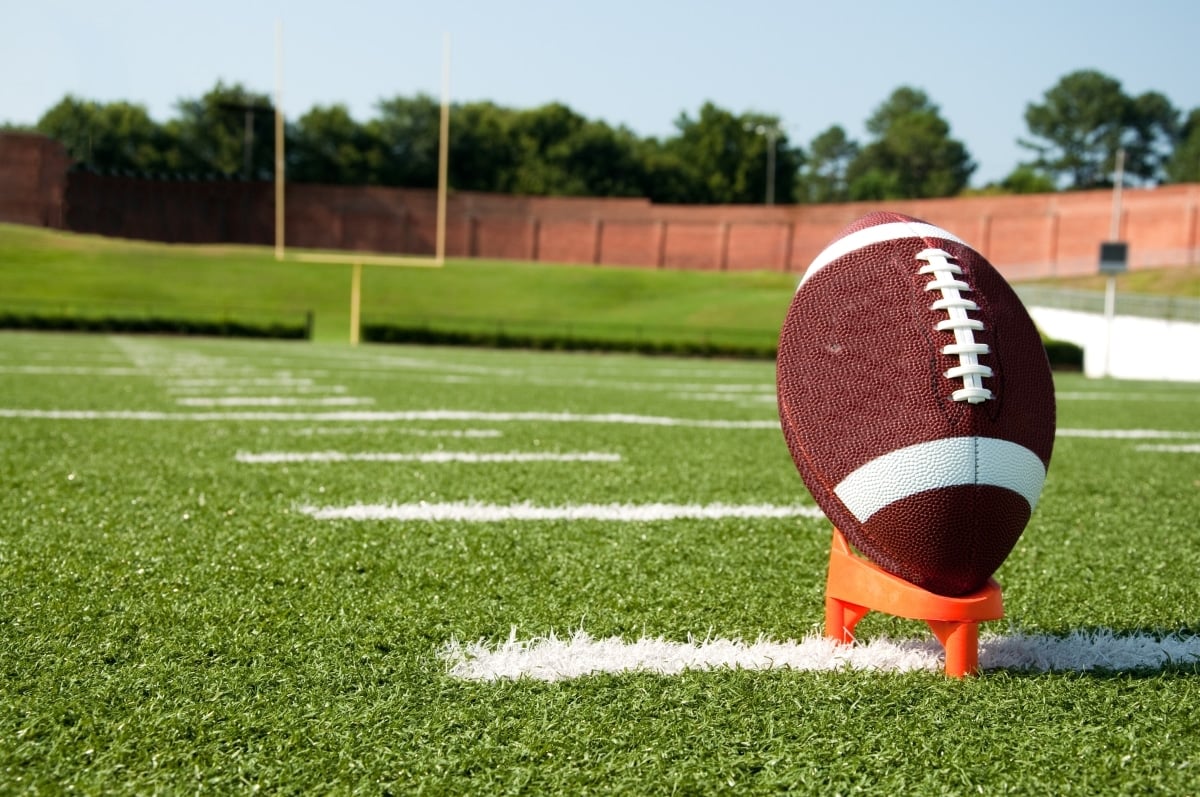
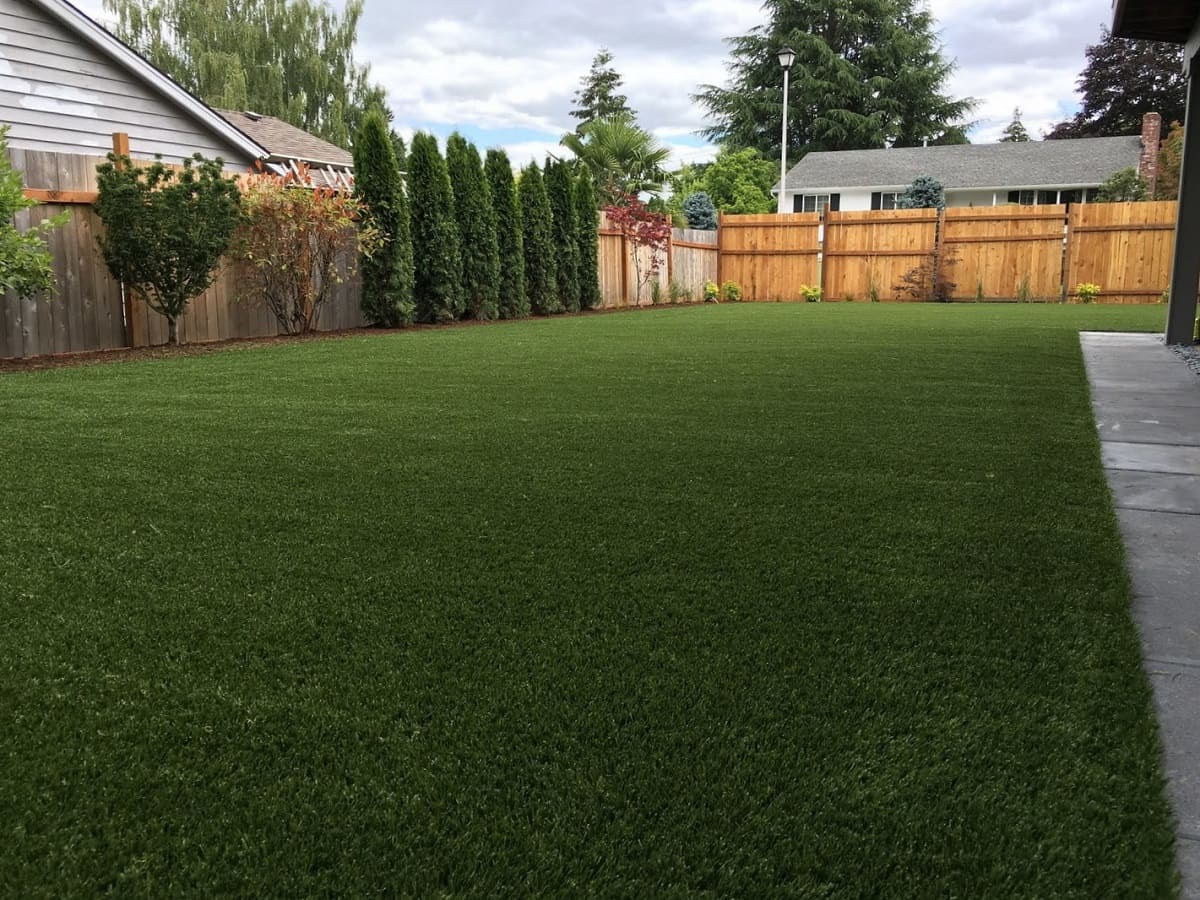
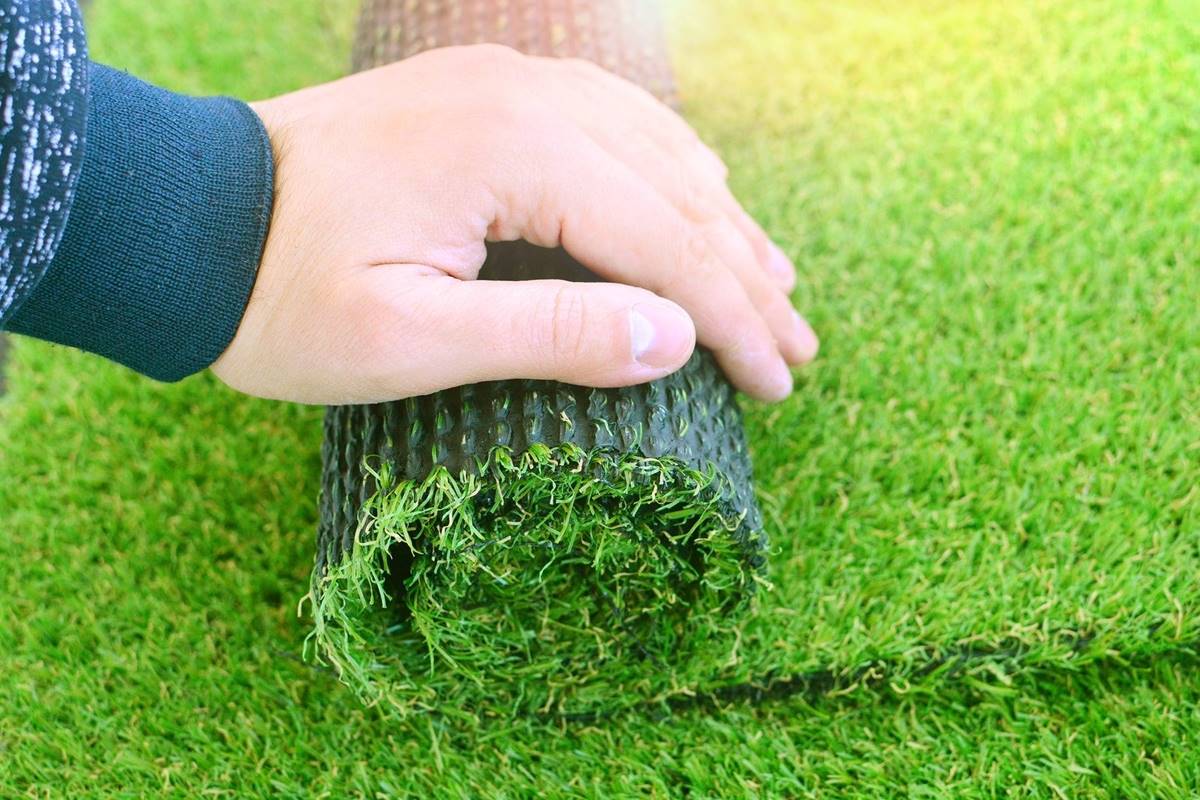
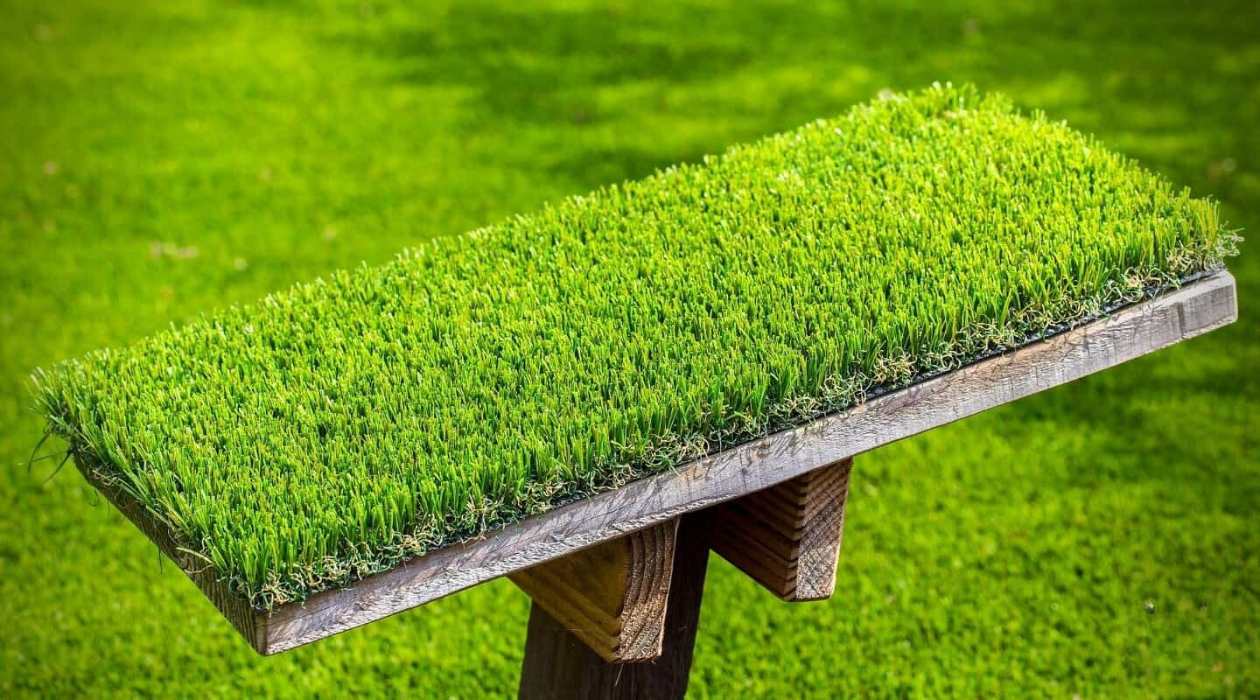
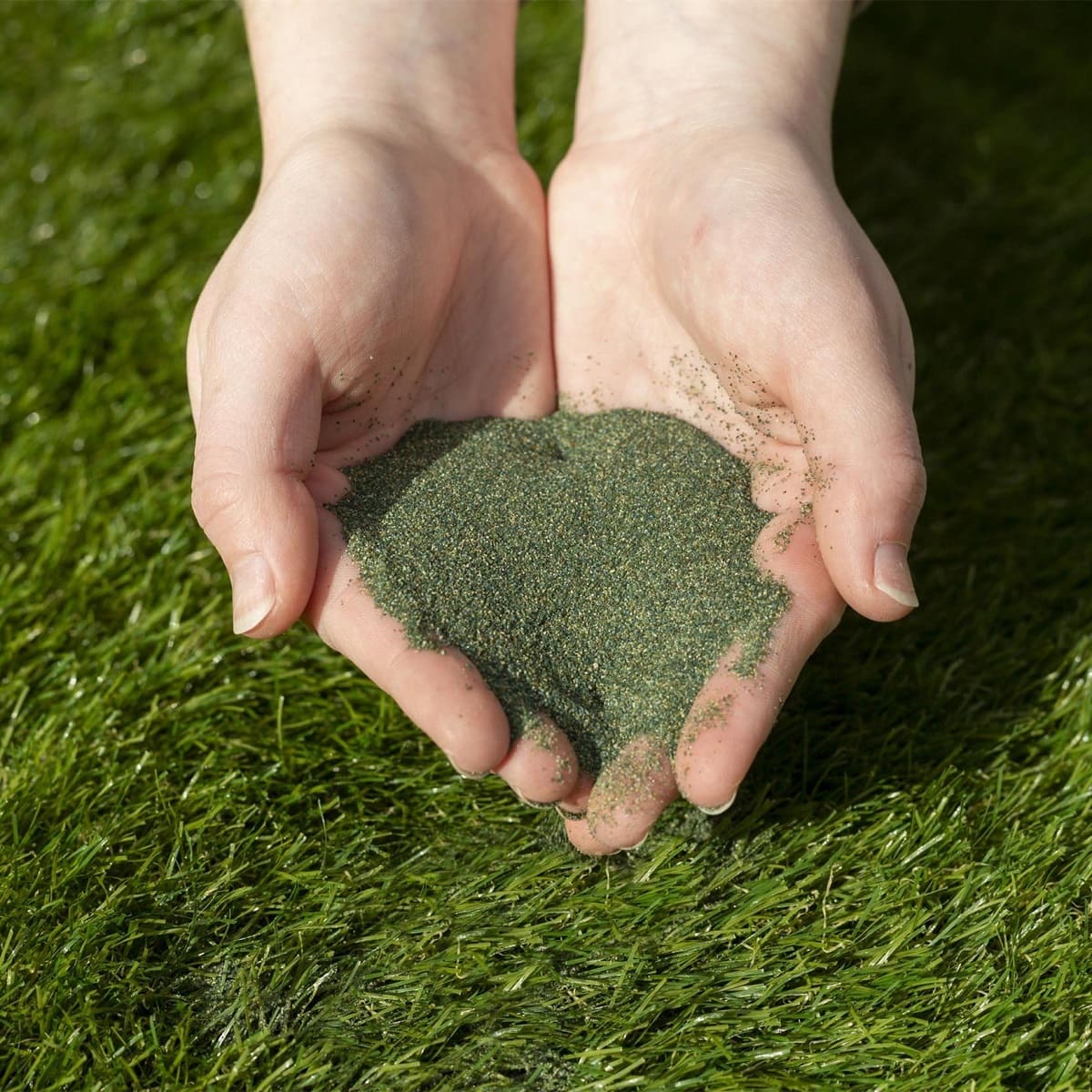
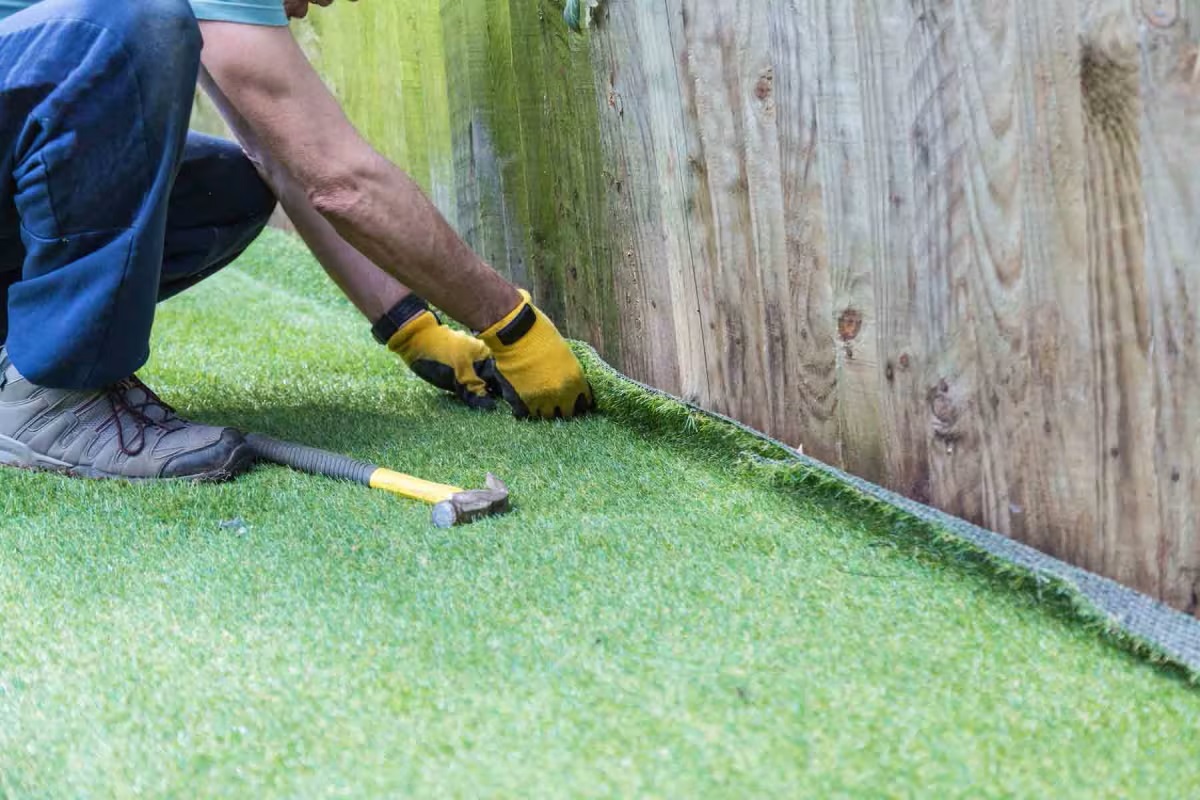
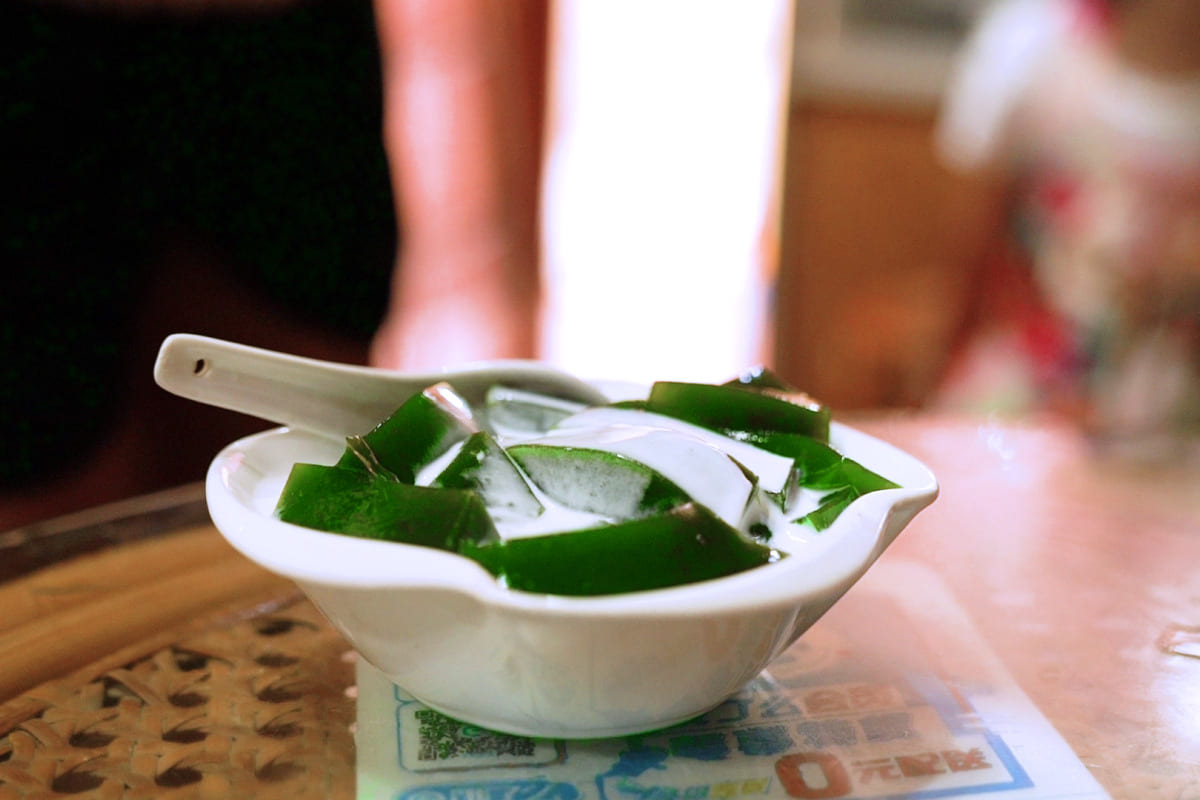
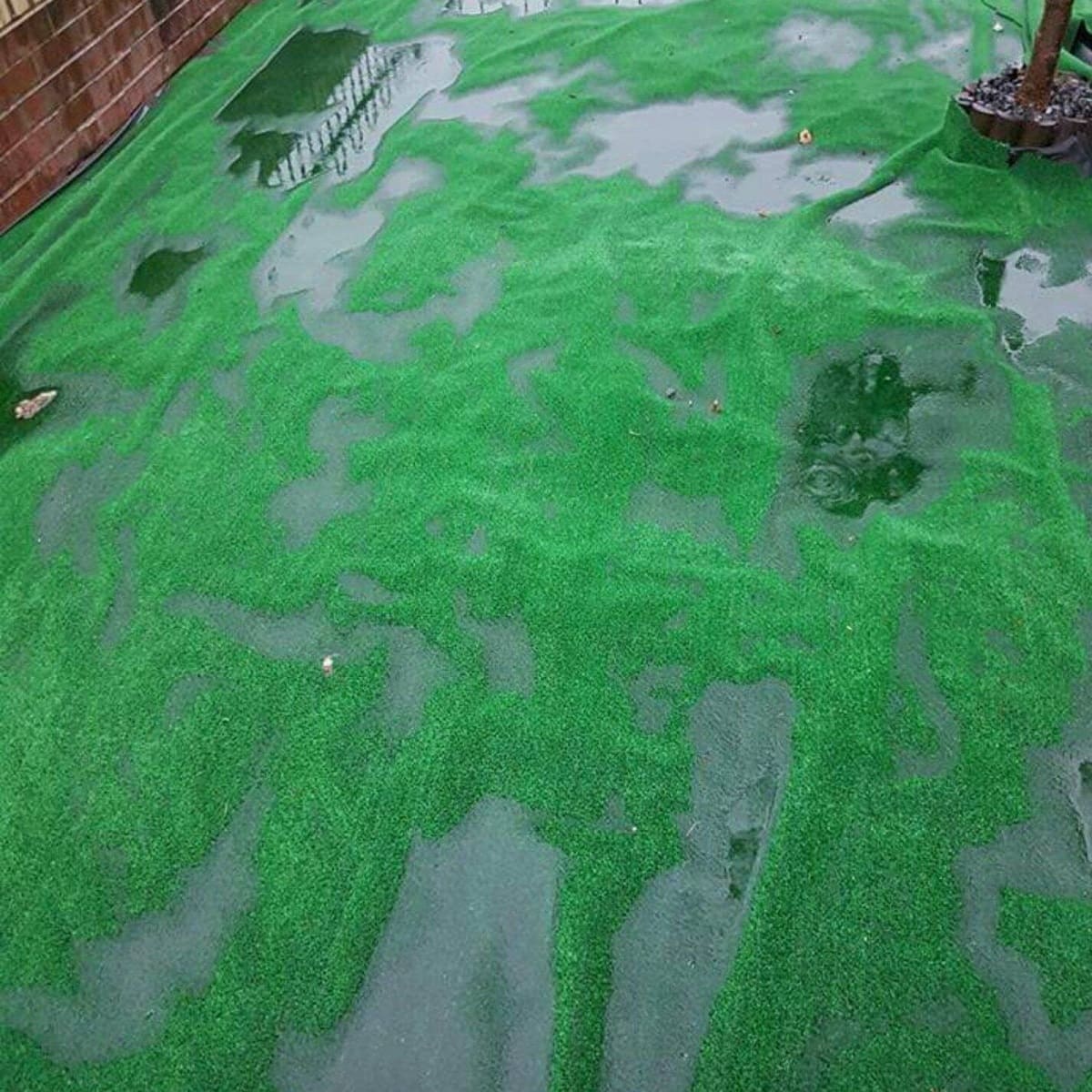
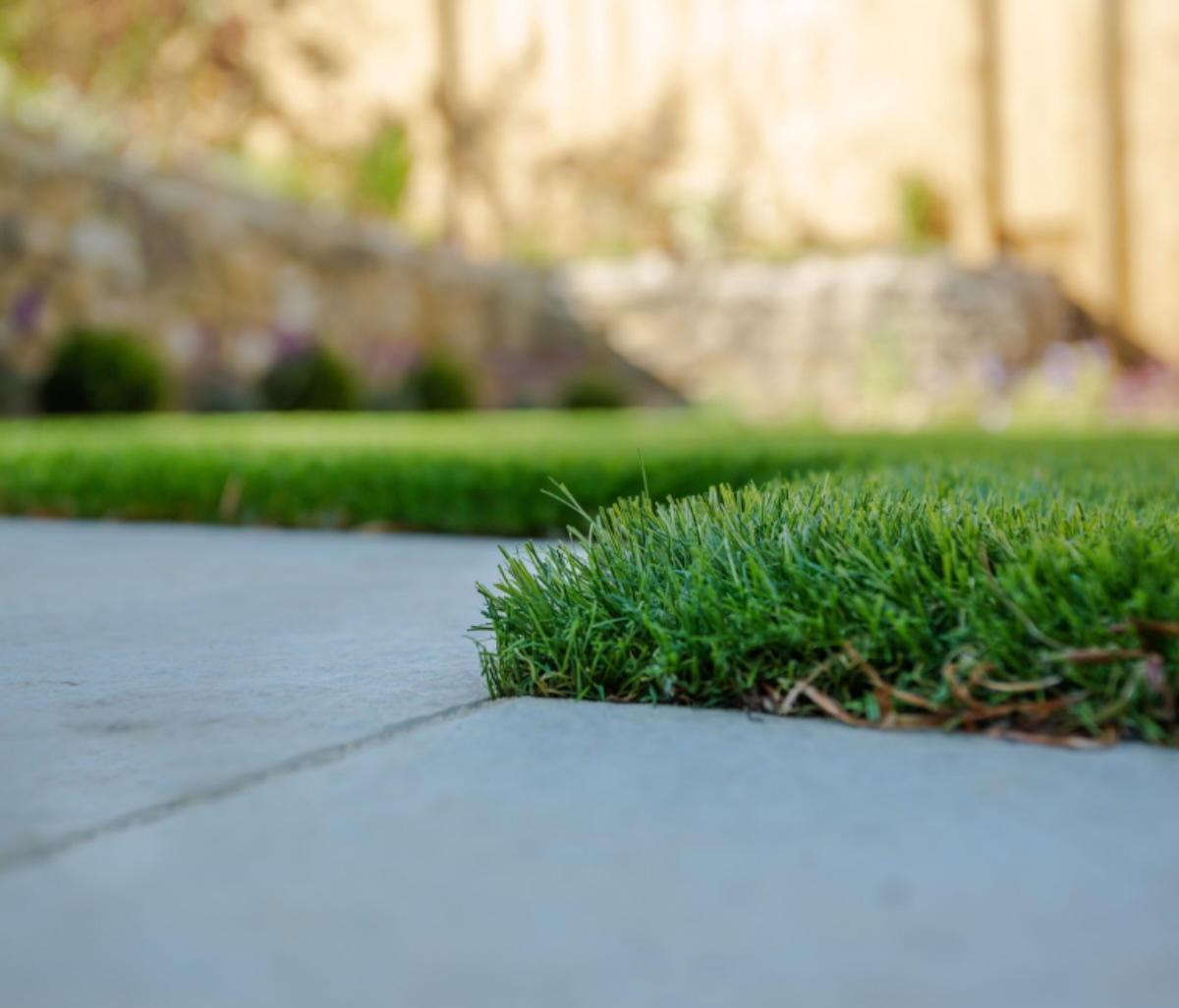

0 thoughts on “What Is Fake Grass Made Of”